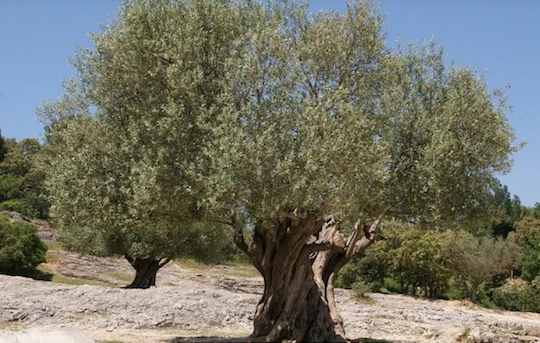Olive trees have been present in the human history since its beginnings. It is speculated that the use of wild olive trees goes back to the Neolithic era, 6000 years BC. However, it has been found that domestic cultivation of olive trees for the EVOO and table olive production dates back to the Chalcolithic period in the early bronze age.
From that moment on, olives, whose name comes from the Greek name Elaia (Oleumin Latin andZayit in Hebrew), played a fundamental role in mythology, history, religion and everyday Mediterranean life. It is the most widespread crop on the world scale, occupying 11.7 million hectares, which amounts to 1% of the cultivated land on Earth.
Zeev Wiesman, an expert in biotechnology, carried out a study about the genome of olive trees. It claims that the olive tree is a member of theOleaceafamily, the genus Oleaand Europeaspecie.
Currently, at least six original subspecies of Olea europea have been identified: Olea europea europea, corresponding to the Mediterranean; Olea europea guanchica, from the Canary Islands; Olea europea marccana, from the south of Morocco; Olea europea laperriinei, distributed throughout the mountains of the Sahara, Algeria, Sudan y Niger; Olea europea cerasiformis, from the island of Madeira; y Olea europea cuspidata, distributed throughout South Africa, Iran y China.
The origin and expansion of the olive tree is traditionally thought to have been concentrated in the Mediterranean, in the area of present-day Libya. From here, the different subspecies demonstrated in this study spread to the rest of the world thanks to ancient trade and the countless properties the fruit and Extra Virgin Olive Oil possess.

